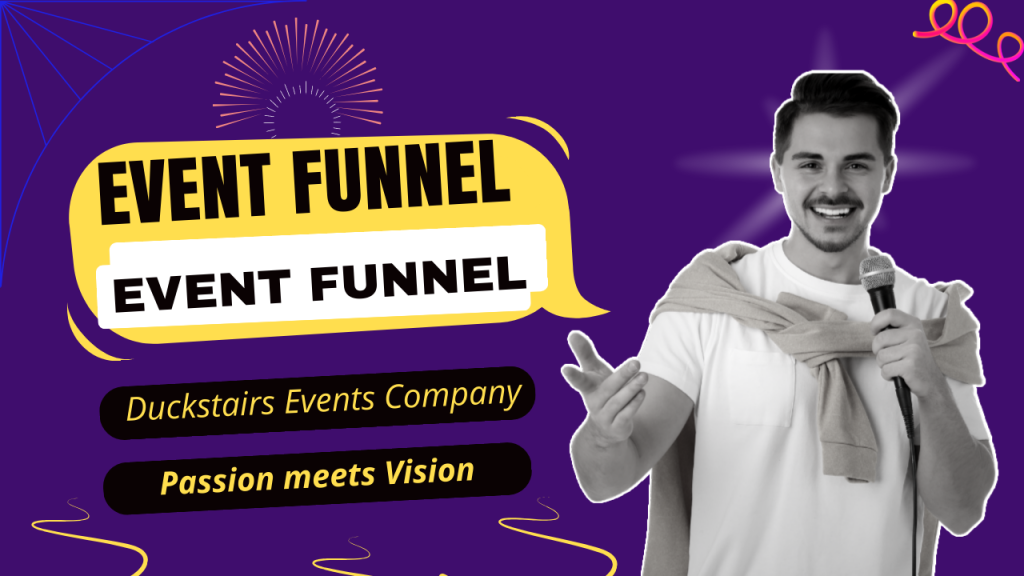Event Funnel

Event Funnel
An event funnel is a conceptual framework used in marketing and event management to illustrate the various stages that individuals go through from initial awareness of an event to their ultimate participation or engagement. It’s a visual representation that helps organisers understand and optimise the attendee journey.
The stages in an event funnel may vary depending on the specific goals of the event and the nature of the audience, but they generally include the following:
Mindfulness: Here potential participants become mindful of the occasion. This can occur through different channels, for example, virtual entertainment, email promoting, verbal, or conventional publicising.
Interest: In the wake of becoming mindful of the occasion, people might foster an interest in it.This could be due to the event’s theme, speakers, agenda, or any other appealing factor.
Consideration: At this stage, potential attendees are considering whether or not to participate. They may be evaluating the value of the event, looking at logistics, and comparing it to other options.
Intent: Individuals in this stage have expressed a clear intention to attend the event. They may have registered, purchased tickets, or taken some other concrete step indicating their commitment.
Registration/Conversion: This is the stage where attendees officially register for the event or take a specific action that signifies their conversion from potential attendees to actual participants.
Attendance/Participation: This is the culmination of the event funnel, where attendees physically or virtually participate in the event. Their experience during the event will influence their likelihood of attending future events and their potential advocacy for the event.
Post-Event Engagement: This stage involves maintaining engagement with attendees after the event. This could include gathering feedback, sharing post-event content, and nurturing ongoing relationships.
Understanding the event funnel helps organisers tailor their marketing strategies and communication efforts at each stage to maximise attendance and satisfaction. It’s a dynamic process, and organisers often use analytics and feedback to refine their approach for future events.
Author

MAIMOONA IRAM
https://backup.brandingmaxmediamulty.comCreative, Dynamic, Innovative.
